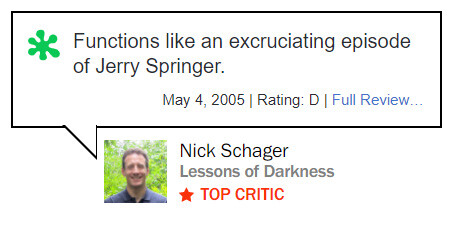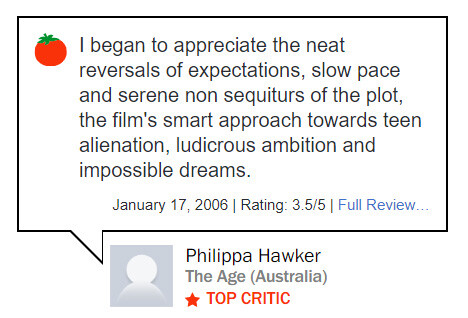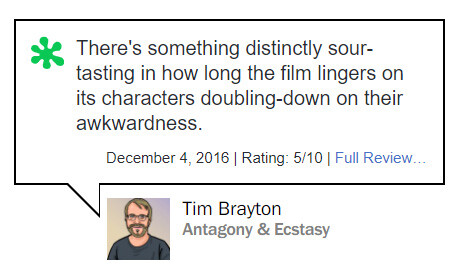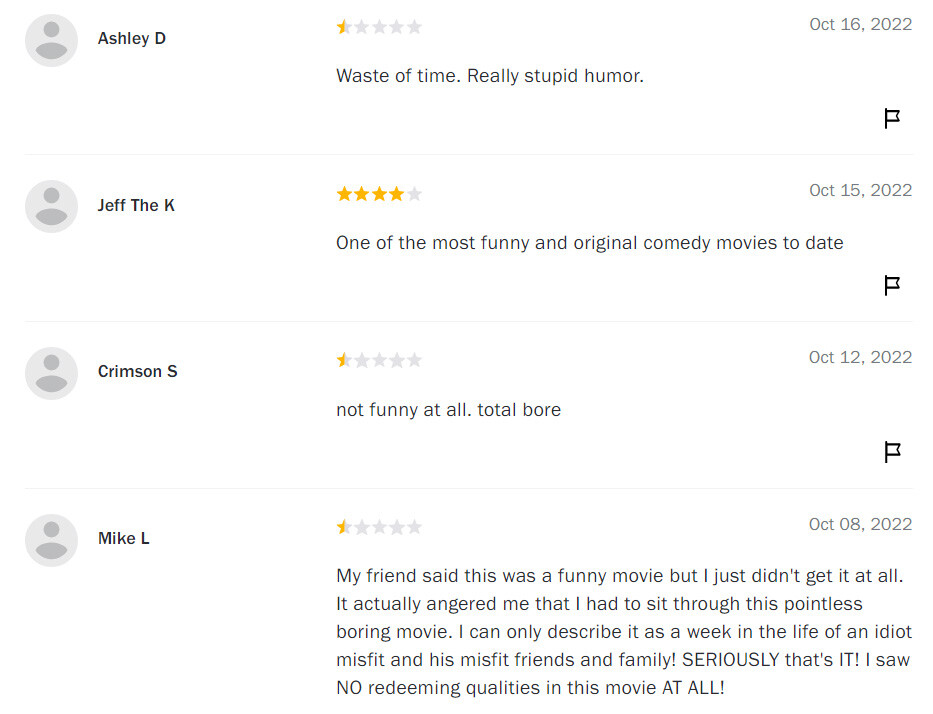Here’s a look at what critics had to say at the time:



Audiences, too, were either digging it or struggling to understand what the fuss (or, in the case of Heder’s hair, the fuzz) was about. Even today, a full 18 years later (cries), people are still divided on whether the movie about deadpan teenagers who dress like car salesmen is actually good or not.

The public’s inconclusive feedback on whether Napoleon Dynamite was banging or not proved quite the headache for folks trying to improve Netflix’s recommendation algorithm back in the days of Aughts. Netflix had started using algorithms as far back as the year 2000 to capture our interests and try and determine what we most likely wanted to watch. The first that the company used was called CineMatch, and it worked by using viewers’ movie ratings to predict a viewer’s favorability toward other movies. Former Netflix CPO Gibson Biddle explained the CineMatch algorithm as such: “Imagine I like Batman Begins and Breaking Bad, and you like both, too. Because I like Casino, the algorithm suggests you’ll like Casino. Now, apply this approach across millions of members and titles.”
According to Netflix, CineMatch could accurately predict user ratings within half a star 75% of the time. It was pretty impressive back then, but by 2006 the technology was starting to stagnate and, in keeping with their whole crowdfunding philosophy, Netflix turned to the public to help them push their prediction accuracy up by 10%. Called the Netflix Prize, the competition allowed anyone from around the world to compete against each other as they all tried to beat CineMatch for the grand prize of one million dollars, and uber bragging rights.

